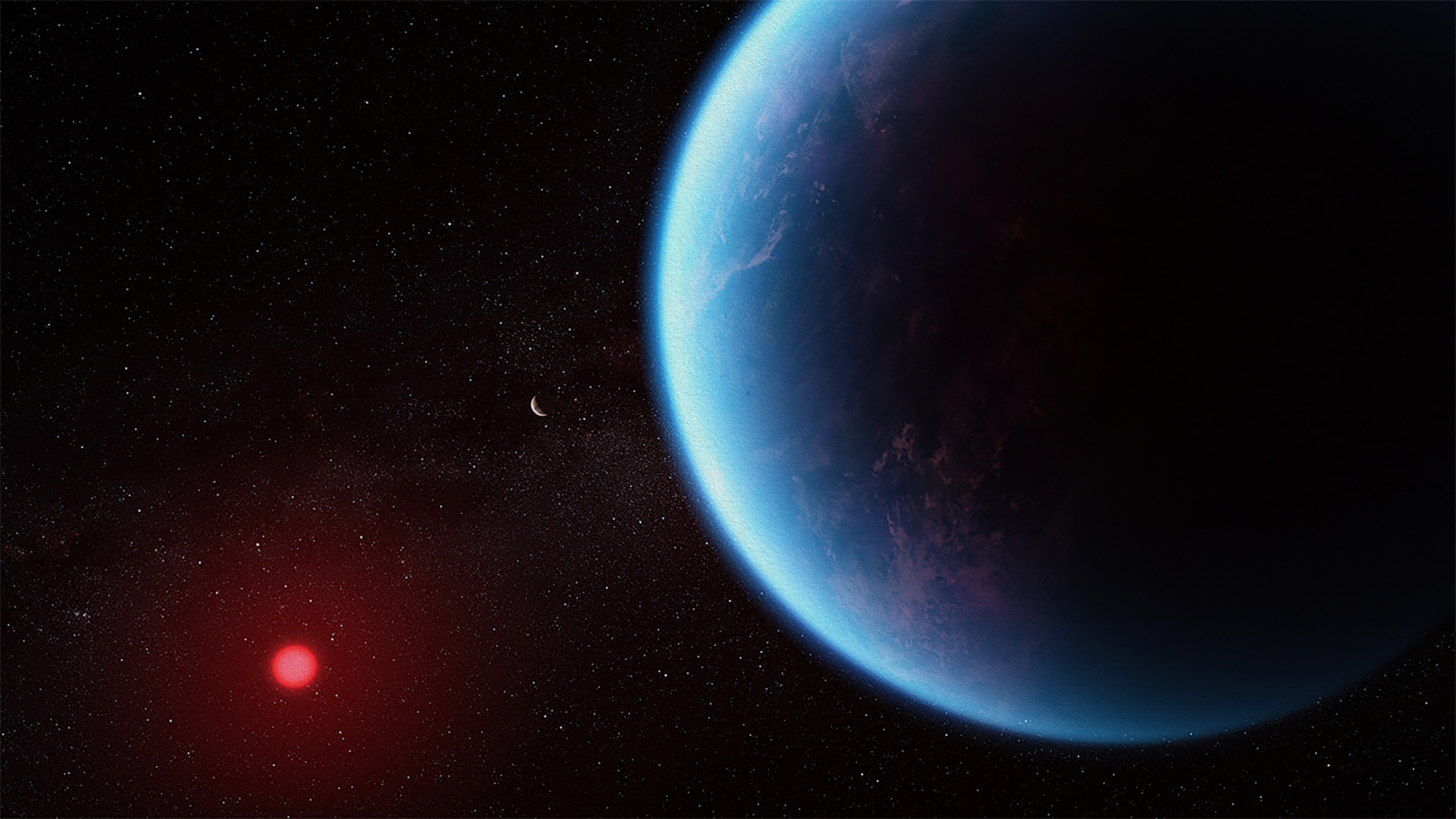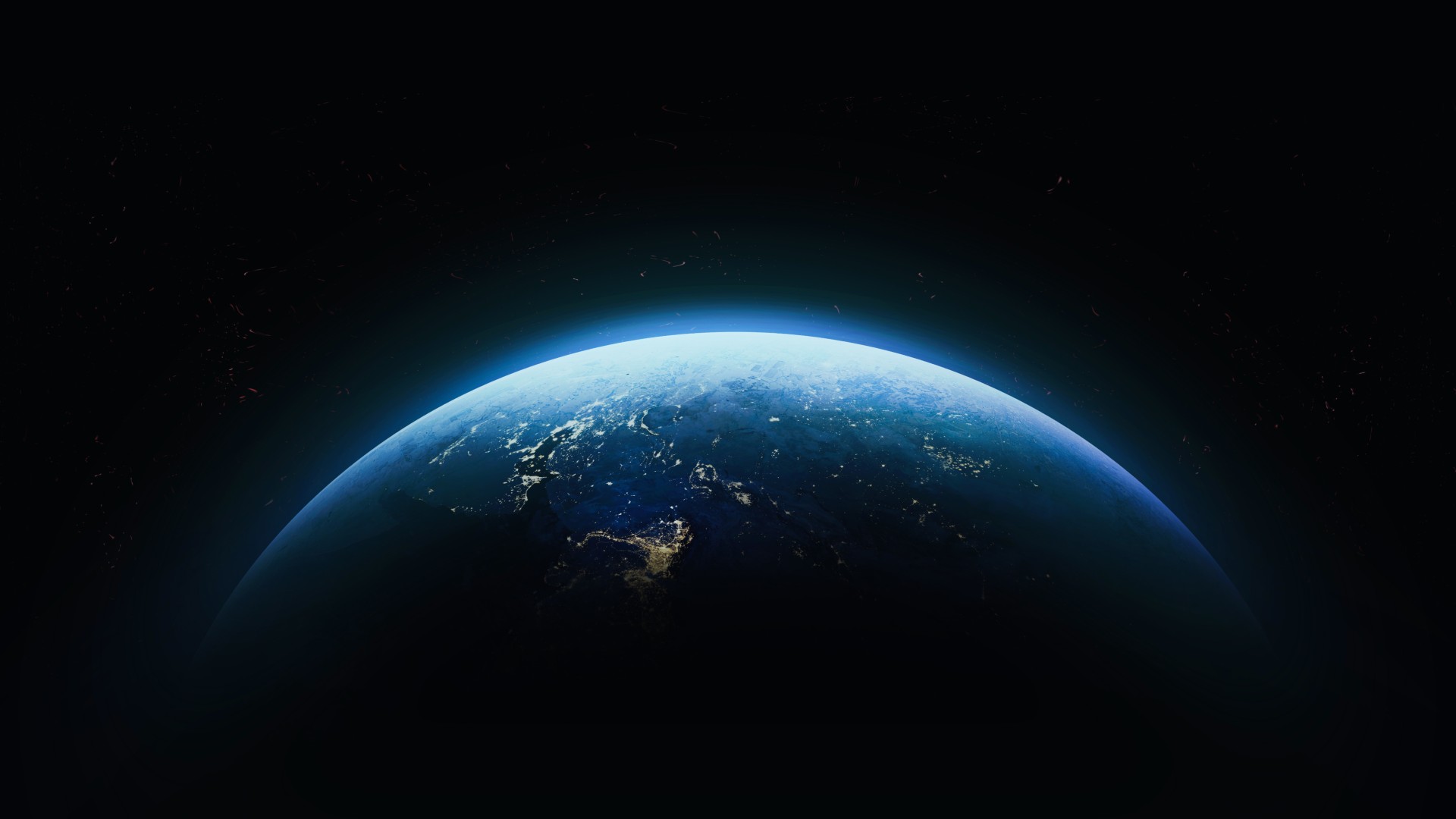If you met someone on an airplane and they told their job was searching for aliens, how would you react? Would you smile, nod, and quickly put on your headphones to end the conversation?
In general, we associate any mention of aliens with various forms of quackery. But what if they told you they were an “astrobiologist” and their job was searching for “biosignatures”? In that case you might hold off on your skepticism (and the headphones) to probe a little deeper.
This week I am in Seattle at the AbSciCon2019, the big gathering of astrobiologists from around the world. I’m here to learn (and talk about) the search for life, either intelligent or dumb, in the universe. The first thing you should know, however, is how far we’ve already come in that search. That way you can see how far we might get.
The first exoplanet—a planet that orbits a star outside of our solar system—was discovered in 1995. Since then, the astronomical community has moved rapidly from a period of exoplanet discovery into census building.
We now have thousands of exoplanets to study, and we’re just entering an exciting new era of in-depth exoplanet characterization. In particular, scientists have already been able to identify the makeup of the atmospheres for a number of specific exoplanets. These kinds of studies are just beginning, but they open up the amazing possibility of using atmospheres as life detectors.
There is a major effort underway to identify signatures of “exo-biospheres” imprinted in the light we get from exoplanets. Such “biosignatures” include the specific gases that are produced by life on Earth (because you’ve got to start somewhere). If these gases were detected in an exoplanet atmosphere, they would be evidence for the possible presence of significant biological activity within the coupled planetary systems—i.e., an exo-biosphere.
For Earth-like exoplanet atmospheres, the biosignatures that get a lot of attention include oxygen (O2), methane (CH4), nitrous oxide (N2O), and ozone (O3). Since some of these gases could be produced in processes that don’t have anything to do with life, a lot of work has to be done to guard against false positives. That probably means the planetary environment as a whole will probably have to be taken into account when astronomers begin their biosignature searches in earnest with the next class of telescopes like the James Webb Space Telescope, which NASA is calling “the premier observatory of the next decade.” (See video at the bottom of this essay.)
But astronomers are already working hard on that job. They are thinking about false positives and they are thinking about biosignatures from life that looks different from what evolved here on Earth. This week at the astrobiology conference, I’m especially interested to see how our community has focused itself for the comprehensive effort needed to characterize biosignatures.
Seeking “technosignatures”
Of course, the existence of exo-biospheres is a necessarily and essential assumption of the entire project. That might seem obvious. But inherent in the assumption comes an even more exciting idea called “technosignatures.” To assume biospheres is to assume all that comes with them—including evolution.
An exo-biosphere may be composed solely of microbial ecosystems, as was the case for the first 3 billion years of Earth’s biospheric history. They might also consist of multi-cellular organisms, including analogues of the plants and animals on Earth. That means in developing bio-signatures, multiple levels of biospheric development must be included in the assumptions used to evaluate the spectral features we might see in exoplanet light. So, if we’re including evolution, there is no reason, in principle, to exclude the possibility that a biosphere will have evolved a technological species. There is no reason, in principle, to exclude the possibility of civilizations.
Yeah, those kinds of aliens.
By analogy with biosignatures, “technosignatures” are the observational manifestations of technology. The well-known Search for Extraterrestrial Intelligence (SETI) might be more precisely called the “Search for Extraterrestrial Technosignatures.” An example of an atmospheric technosignature would be something like evidence for synthetic atmospheric gases (pollution) or reflection from manufactured materials (solar panels).
And here is the main point about technosignatures. Upcoming searches for signatures of life will collect data that will be equally useful in searches for technosignatures. That means that if we focus solely on biosignatures in our interpretation of exoplanetary data, we’ll be at risk of missing the very thing many astronomers are ultimately looking for—“exo-civilizations”—when we come across it.
That’s the other reason I’m here at AbSciCon2019. There are two special sessions focused on civilizations and their impact on planets, with one designed especially for discussion of technosignatures. I’m giving talks at both of these and listening intently to the talks of others.
It’s thrilling that these discussions are going on, and I consider it to be sign of how far we’ve come in our search for life—dumb or smart.
The post Hi, I’m Adam. And I’m Looking for Aliens. appeared first on ORBITER.






